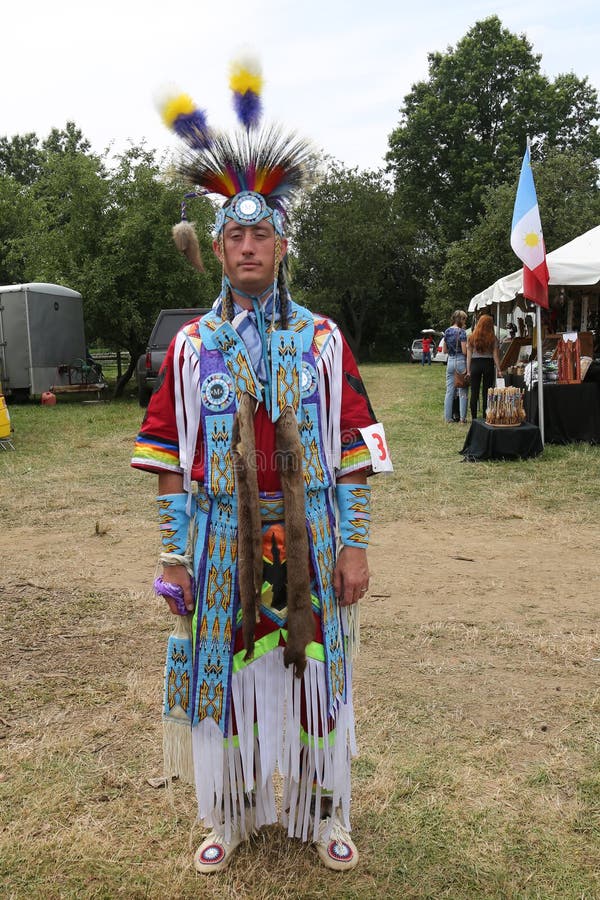

The Cordilleran Ice Sheet covered the mountains along the coastline of what is now called Alaska. Much of the land occupied during the Beringian Standstill is now underwater

At the time of the "Beringian Standstill," when the people in Beringea were isolated from both Siberia and North America, a warm current from the Equator to the North Pacific created a habitable refuge on lands now submerged beneath the Bering Sea.
#THUNDERBIRD NATIVE AMERICAN NORTH EAST PLUS#
Those staying on Beringea may have been isolated by the ice sheets on a 1,000 mile wide grassland of northwestern Siberia and Alaska, plus what is now the seafloor beneath the Bering Strait. Source: Yukon Geological Survey, Paleodrainage map of Beringia (Open File 2019-2, 2019) The first humans to move into North America lived first in Beringea Some residents may have moved along the coastline and managed to reach what is now New Mexico by 23,000 years ago. Dry land connecting Siberia-Alaska emerged around 36,000 years ago, and lasted until 11-13,000 years ago.īeringea was occupied for 10,000 years before the advance of the ice sheets peaked in the Last Glacial Maximum 26,000-19,000 years ago.

Beringea was a homeland to most occupants, not just a temporary "bridge" to North America. The first humans to occupy North American probably walked here from Siberia, crossing into Beringea as they hunted for game and gathered plant foods perhaps 25,000 years ago. Where they came from, and how they got here, is still a matter of dispute. The first people to occupy Virginia, known today as Paleo-Indians, came here from elsewhere. Possible migration paths to Virginia from Beringea or even Europe Paleo-Indians in Virginia Paleo-Indians in Virginia


 0 kommentar(er)
0 kommentar(er)
